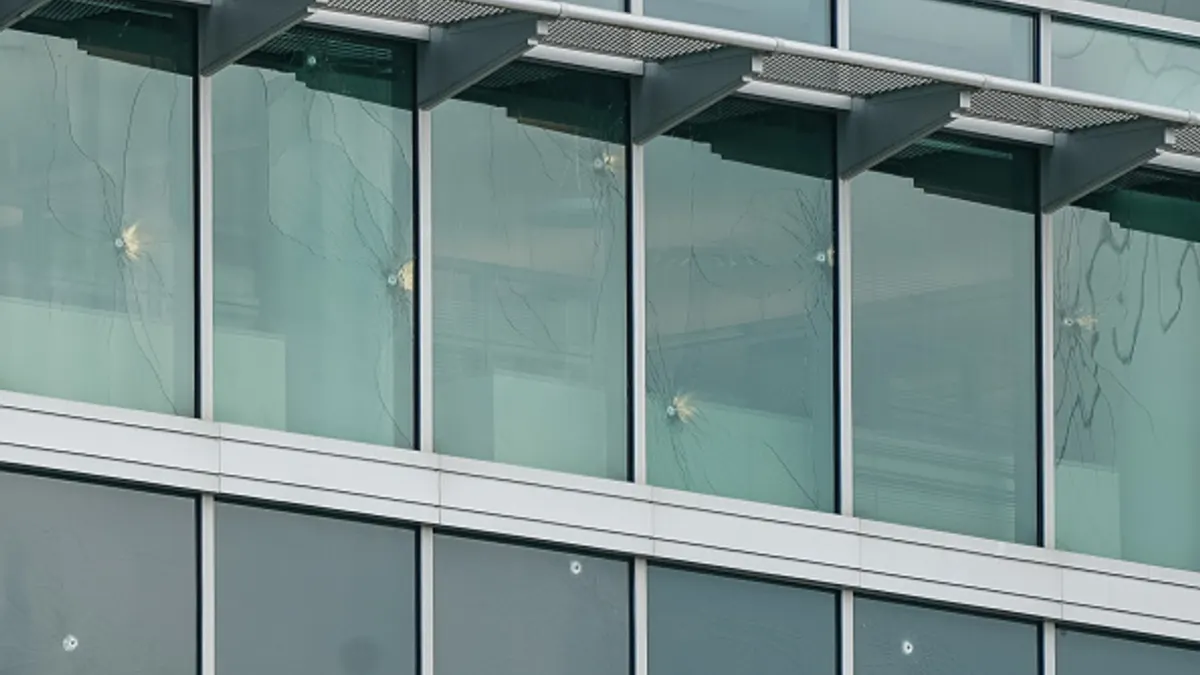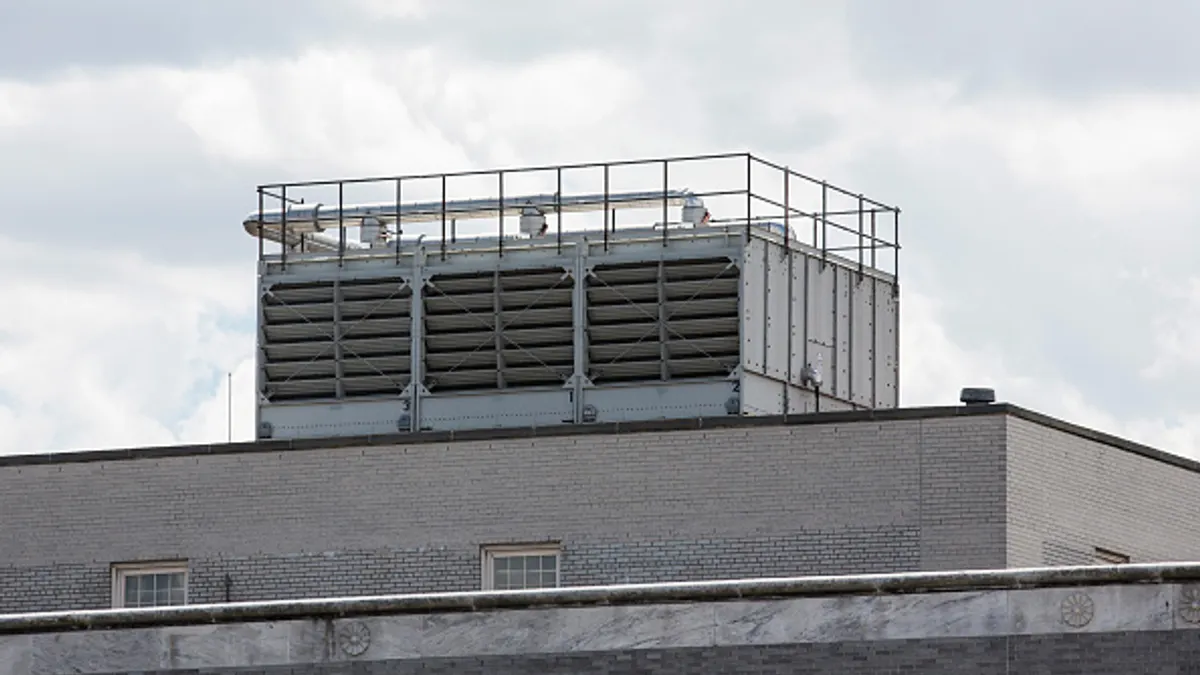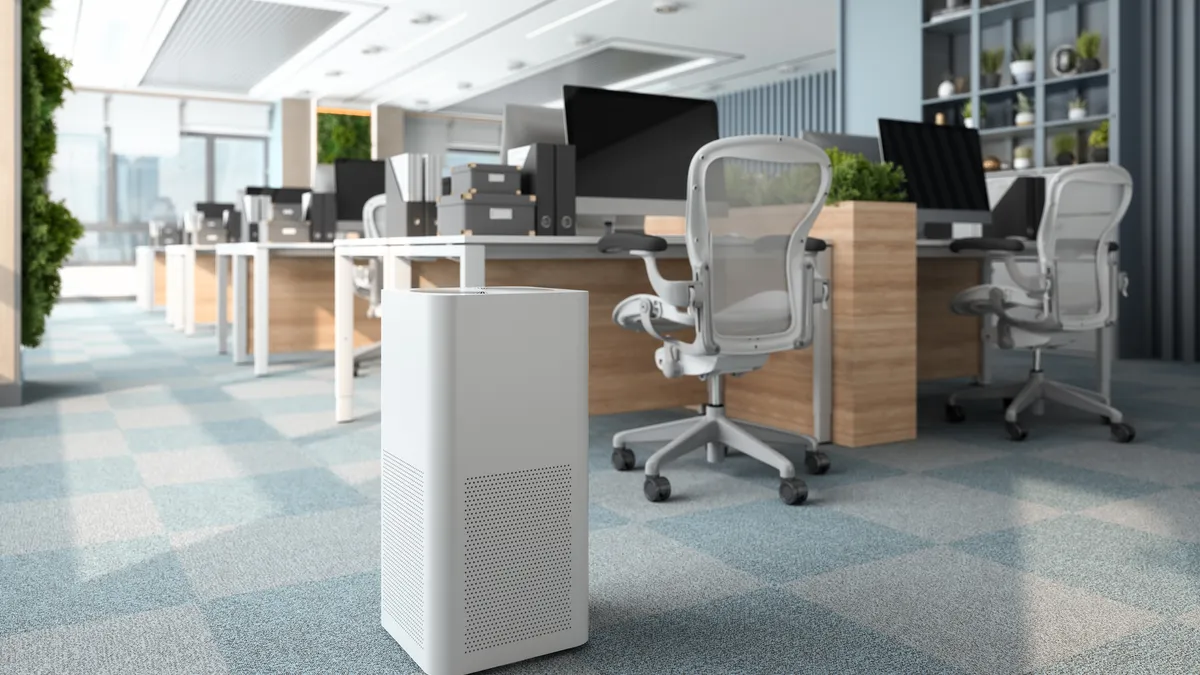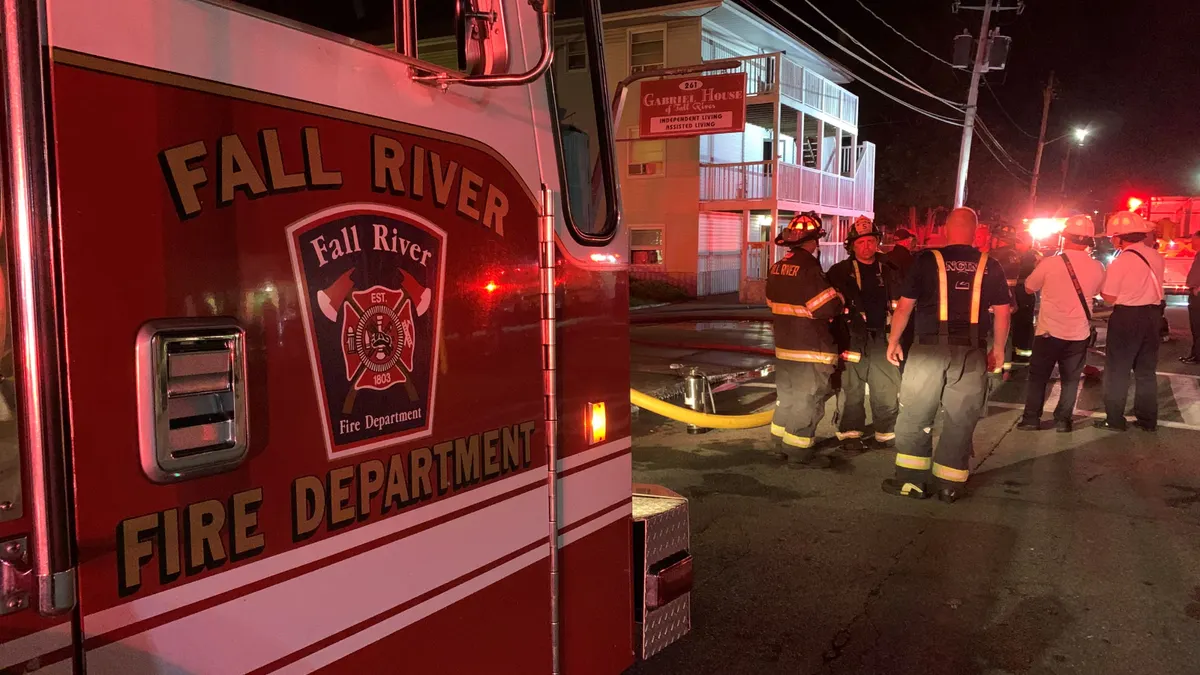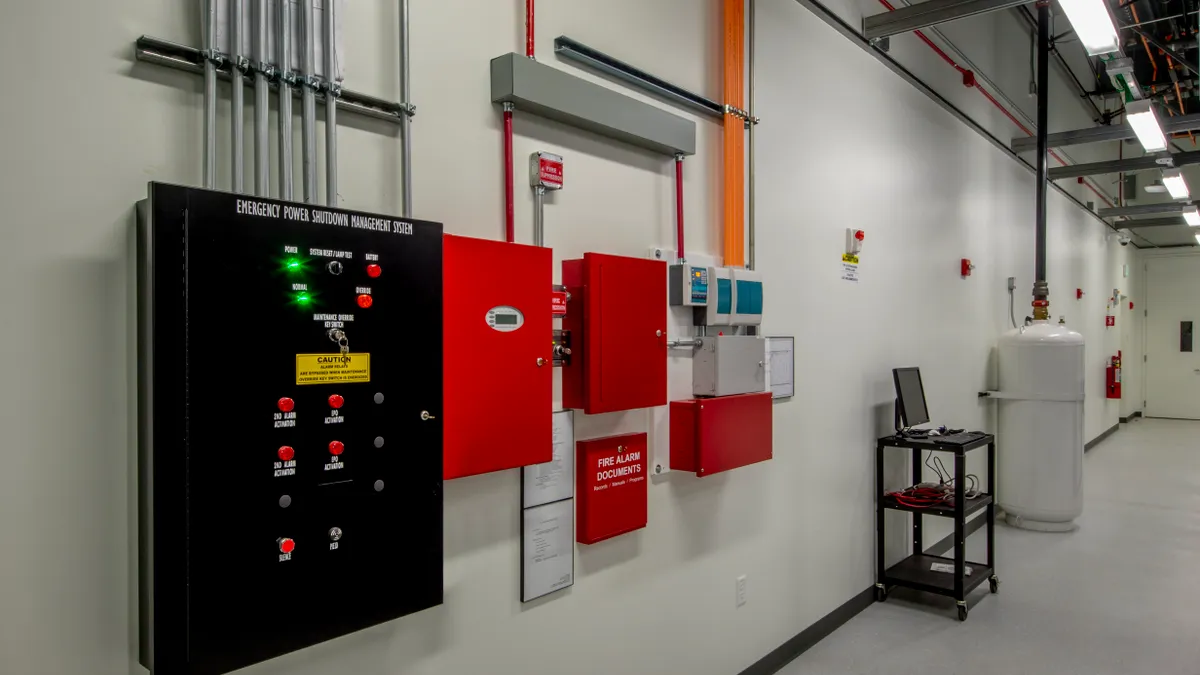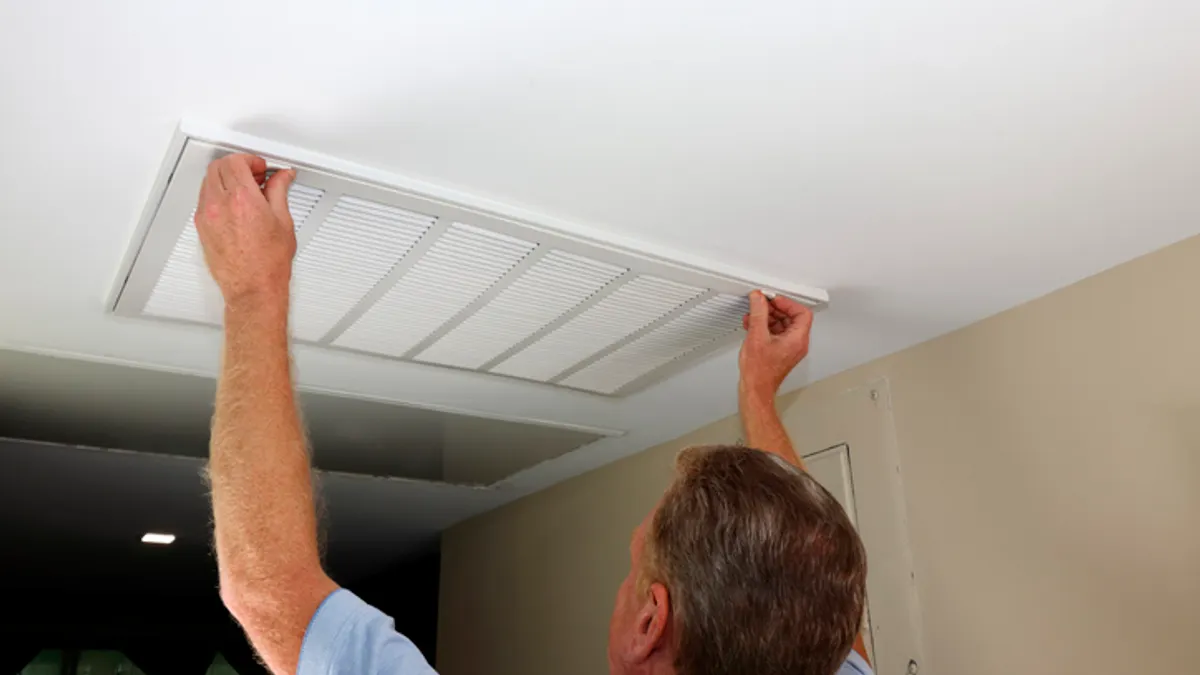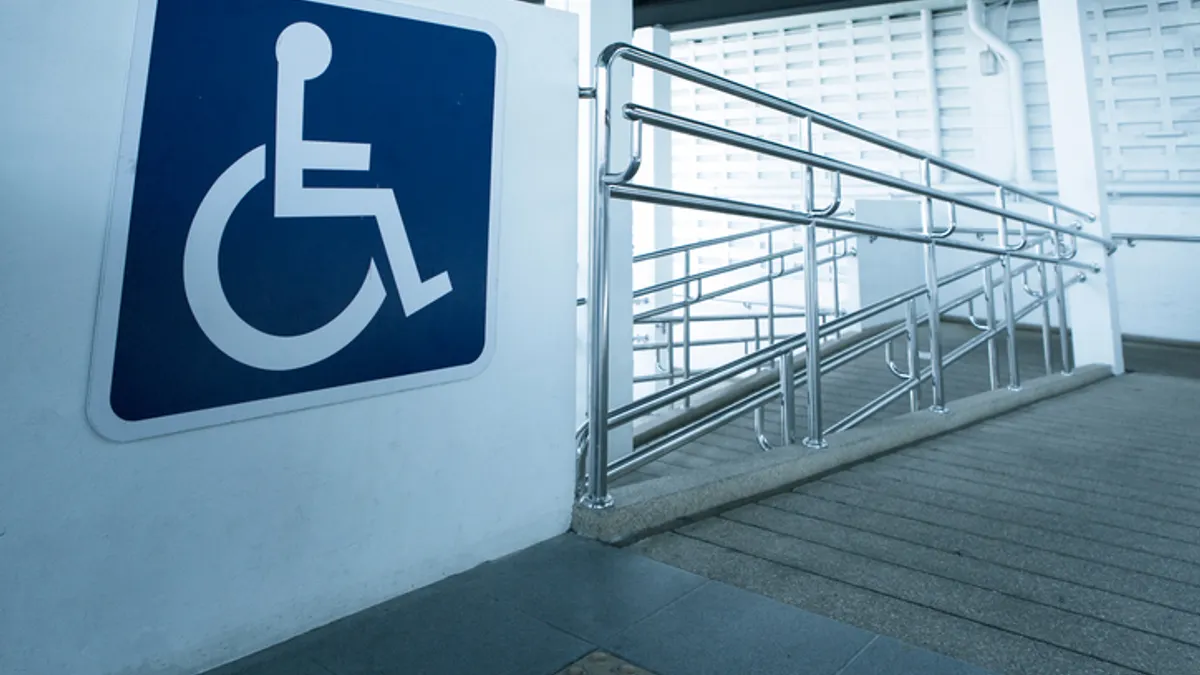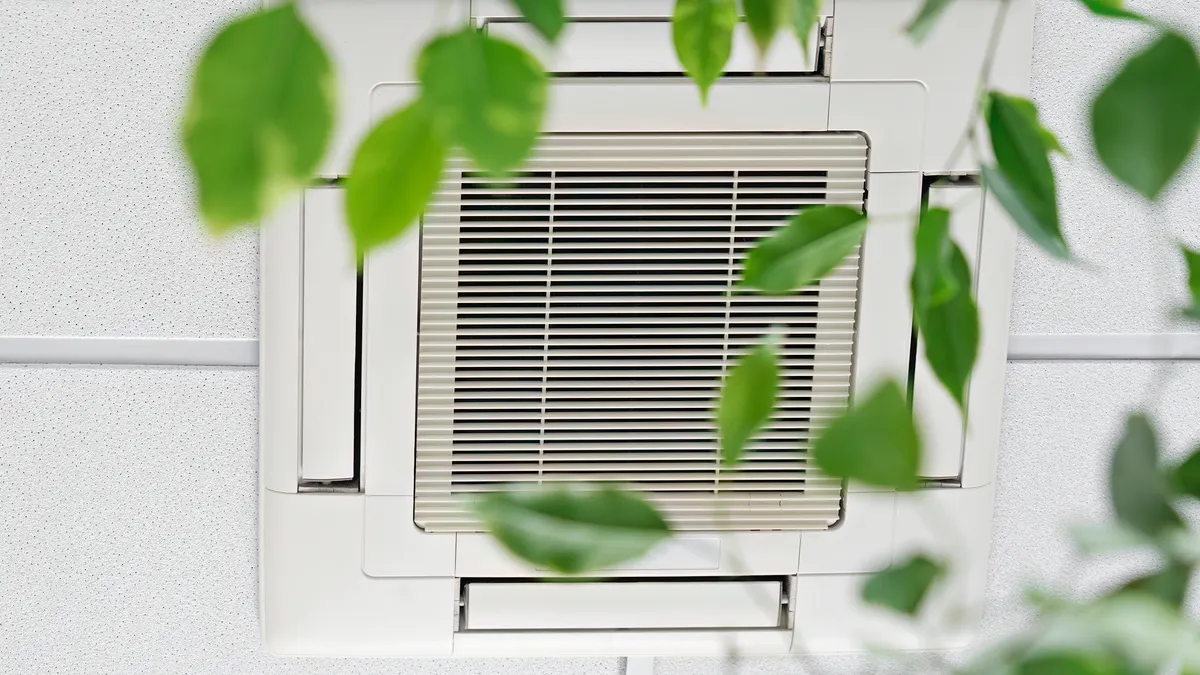The union representing the federal employees at the Centers for Disease Control in Atlanta is calling on agency leaders to install bulletproof building glass after a gunman shot more than 180 rounds into a handful of buildings on the CDC campus August 8.
Nobody at the CDC was injured, but about 150 windows were broken. It could take weeks or even months to replace windows and clean up damage at the buildings, which were already protected by blast-resistant glass, according to reports.
“We will not accept this as ‘business as usual,’ and temporary fixes won't cut it,” the American Federation of Government Employees Local 2883 said August 11.
In addition to the installation of bulletproof glass, the union wants all-day perimeter security with armed guards across CDC campuses, weapons detection procedures and emergency access, an enhanced alert system and more extensive evacuation planning.
“Staff should not be required to work next to bullet holes,” the union said.
The gunman, Patrick Joseph White, was reportedly acting on the belief the COVID-19 vaccination caused mental health issues that left him suicidal. The gunman killed DeKalb County Police Officer David Rose, who responded to the incident, before shooting himself.
“We are grateful for the swift response of CDC security and local law enforcement,” CDC Director Susan Monarez said in a statement.
It’s not clear how much of a role the use of blast-resistant glass played in preventing people inside the buildings from injury.
Although White fired more than 180 shots and broke about 150 windows, “spattering glass shards into numerous rooms,” PBS reported, the blast-resistant glass appeared to prevent the kind of large-scale shattering that leads to mass injuries, news reports indicate.
“Photos viewed by CNN taken from inside one CDC building depict bullet holes in windows and shattered glass on the floor,” a CNN report says. “The images show rounds of ammunition flying just above a line of office cubicles where employees sit.”
In a blast, flying glass shrapnel tends to cause the most injuries to building occupants, according to a 2023 study published in Disaster Resilience and Sustainability of Structures and Infrastructures.
In the 1995 Oklahoma City bombing, for example, most of the 680 people who were injured were hit with flying debris. “The flying glass fragments accounted for nearly 75% of the injuries,” the report said. The bombing killed 168 people.
Similar results were seen in a 2015 building explosion in Tianjin harbour in China, the report said. “Glass fragments were the main cause of injury” among the almost 800 people who were hurt, the researchers said. The explosions killed 173 people, according to official reports.
Different grades of glass
Blast-resistant windows are designed to provide a layer of defense against the pressure and impulse of an explosion, a U.S. Bullet Proofing information page says. “With blast rated windows, your structure can be protected against an explosion as well as any flying debris that may result,” the page says.
Bulletproof windows are different, according to specialists in the field. “Bulletproof glass isn’t designed to be completely impenetrable to bullets,” a Window Film Depot information page says. “Depending on the thickness and quality of the glass, some types of bulletproof glass will shatter with continual impact.”
Bulletproof glass comes in four categories, Window Film Depot says: laminated, acrylic, polycarbonate and glass-clad polycarbonate. The polycarbonate and glass-clad polycarbonate tend to be the most protective because they’re strong and durable enough to prevent a bullet from shattering the glass. “As a result, the bullet will not ricochet around the interior protected space potentially causing further damage or injury,” according to the information page.
Laminated glass acts more like a deterrent, slowing bullets down. “The lamination prevents the glass from shattering inward, but it may not stop a bullet from entering a building,” the page says.
Acrylic is stronger than glass and comparatively inexpensive, but depending on how thick it is, it might not stop a bullet. “It doesn’t offer the highest level of ballistic protection,” the Window Film page says.
The use of ballistic film, which is applied to existing glass, has become popular in recent years because it’s far less expensive that glass, but building operators shouldn’t be misled into thinking it’s a substitute for bulletproof glass, Jim Richards, CEO of Total Security Solutions, said in a commentary last year published by the Security Industry Association. “What this product will do is keep a window from shattering out,” Richards says. It “will not stop a bullet.”
Schools have been turning to ballistic film as an inexpensive way to add a layer of security against shooting incidents, a Wall Street Journal report from last year says. School districts in recent years have spent more than $100 million for the purchase and installation of window film, it says.
“We know that it’s not bulletproof film,” James Bailey, the security supervisor for Hampton City Schools in Virginia, told WSJafter the district spent almost $850,000 on window film. “We are trying to buy time if there was a serious incident.”
The CDC leadership hasn’t yet responded to the security demands sought by the union.
“Dr. Monarez and CDC leadership remain focused on supporting staff during an extraordinarily difficult time as evidenced by their continued direct engagement,” Department of Health and Human Services spokesperson Andrew Nixon said August 12, CNN reported.
“Friday’s shooting was a traumatic event for the agency, and leadership is working to provide continued updates along with resources for healing and recovery,” Nixon said.“There will be continued opportunities for staff engagement and dialogue in the days ahead.”



